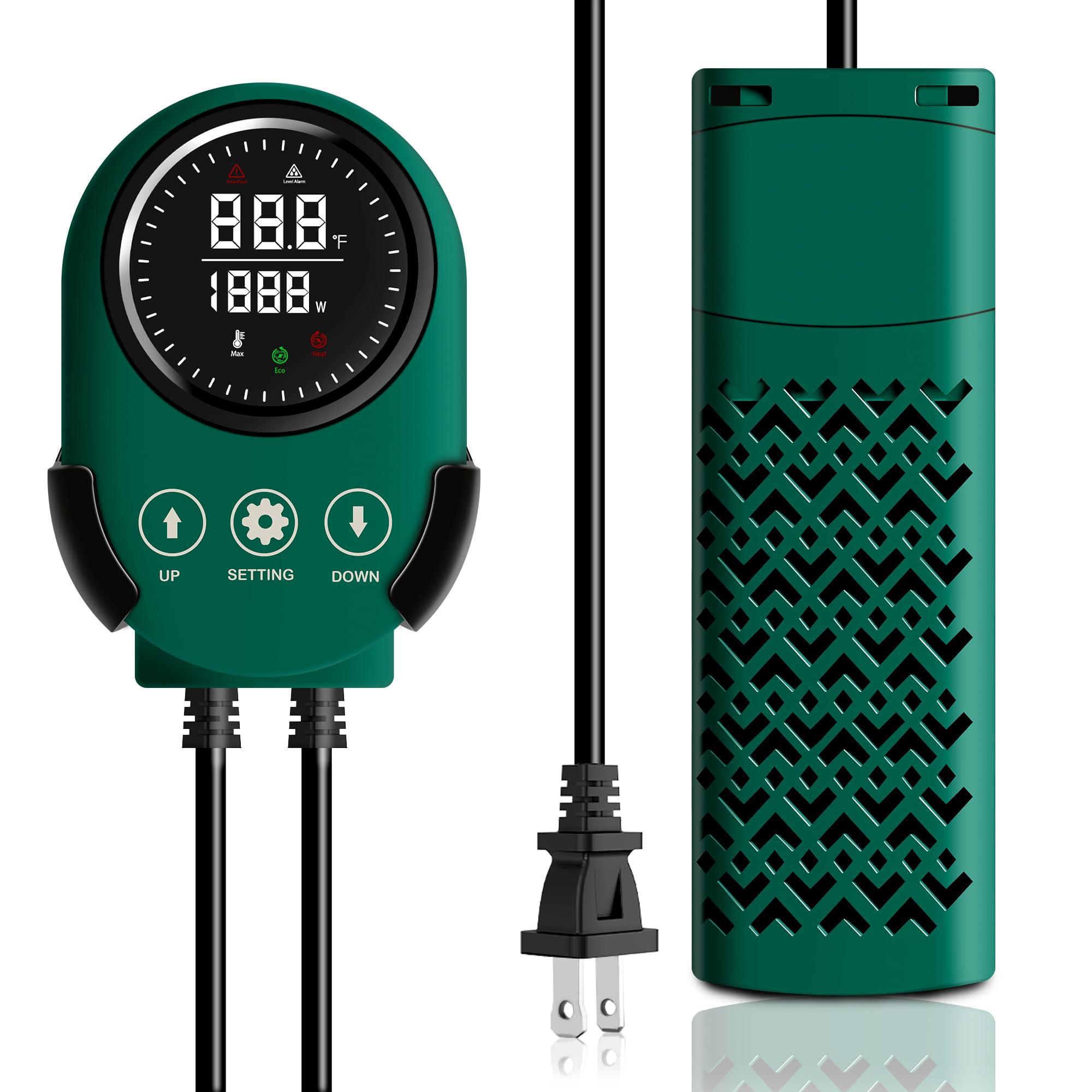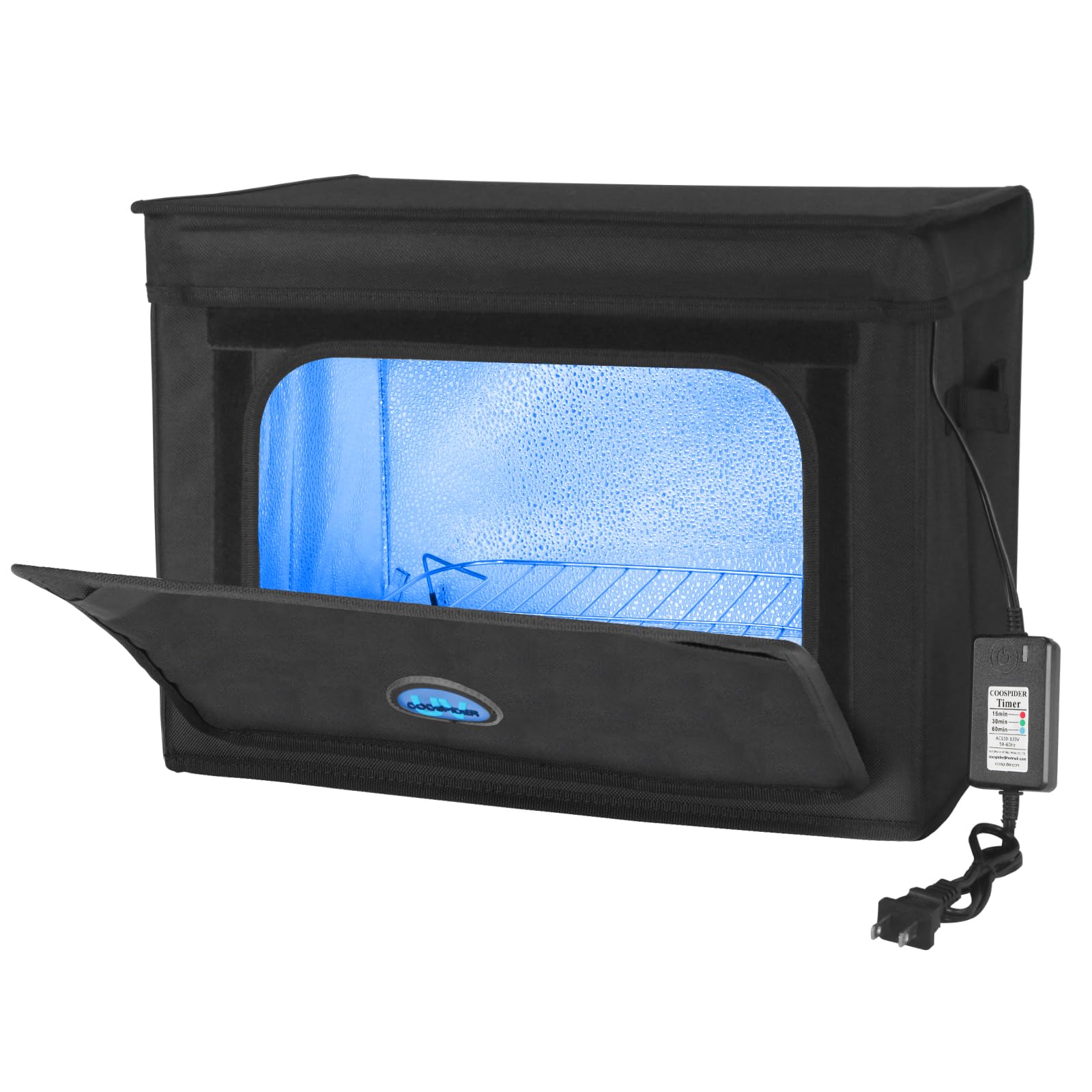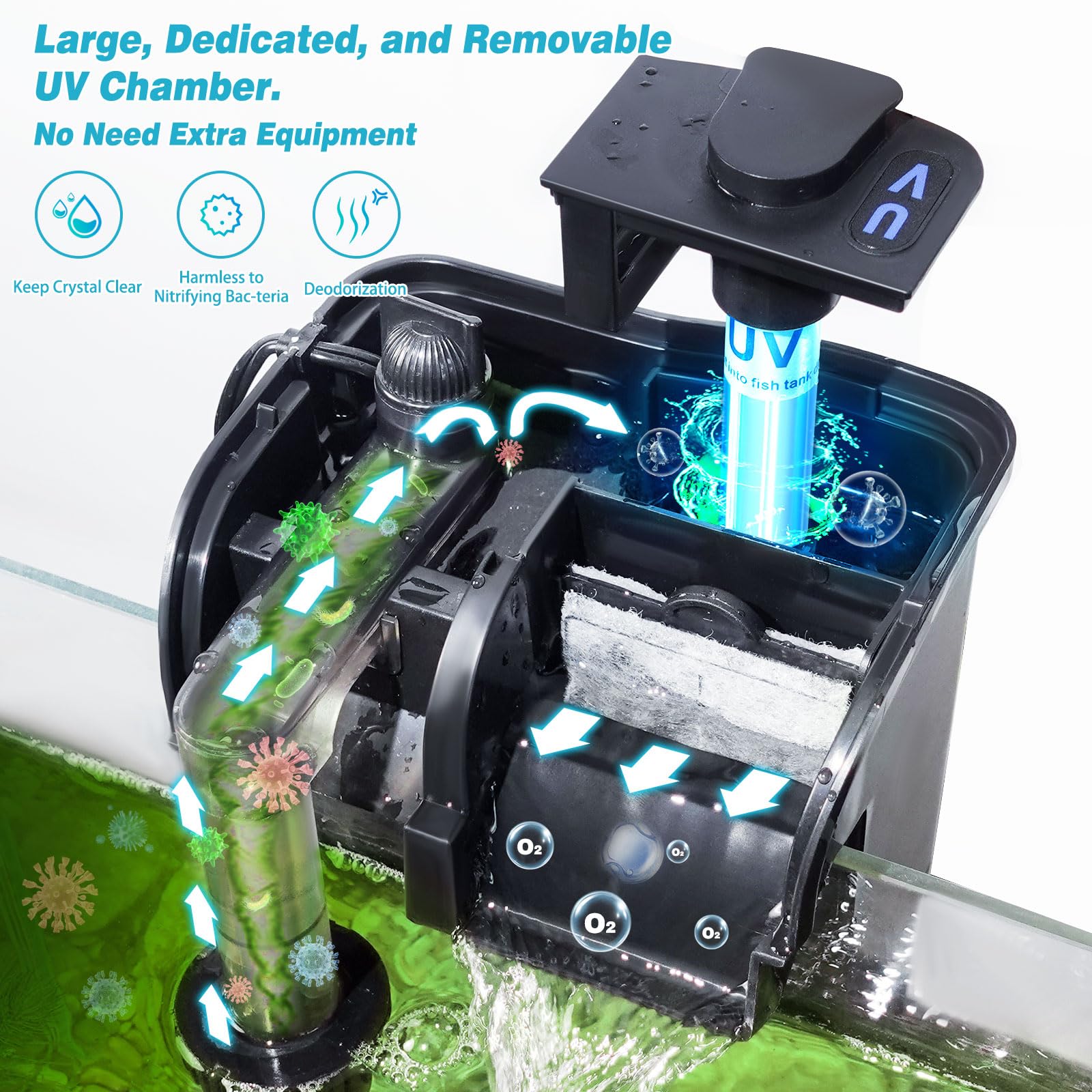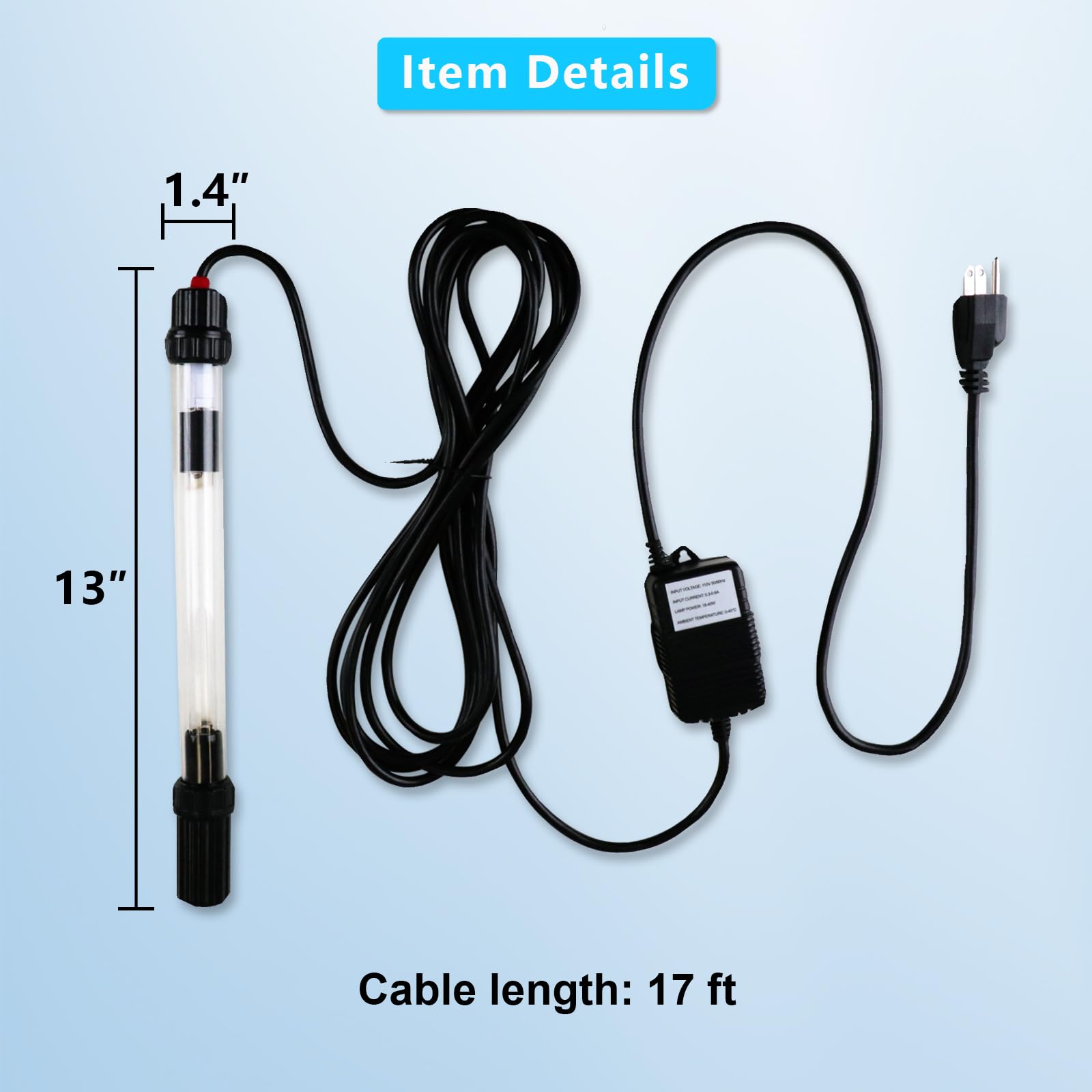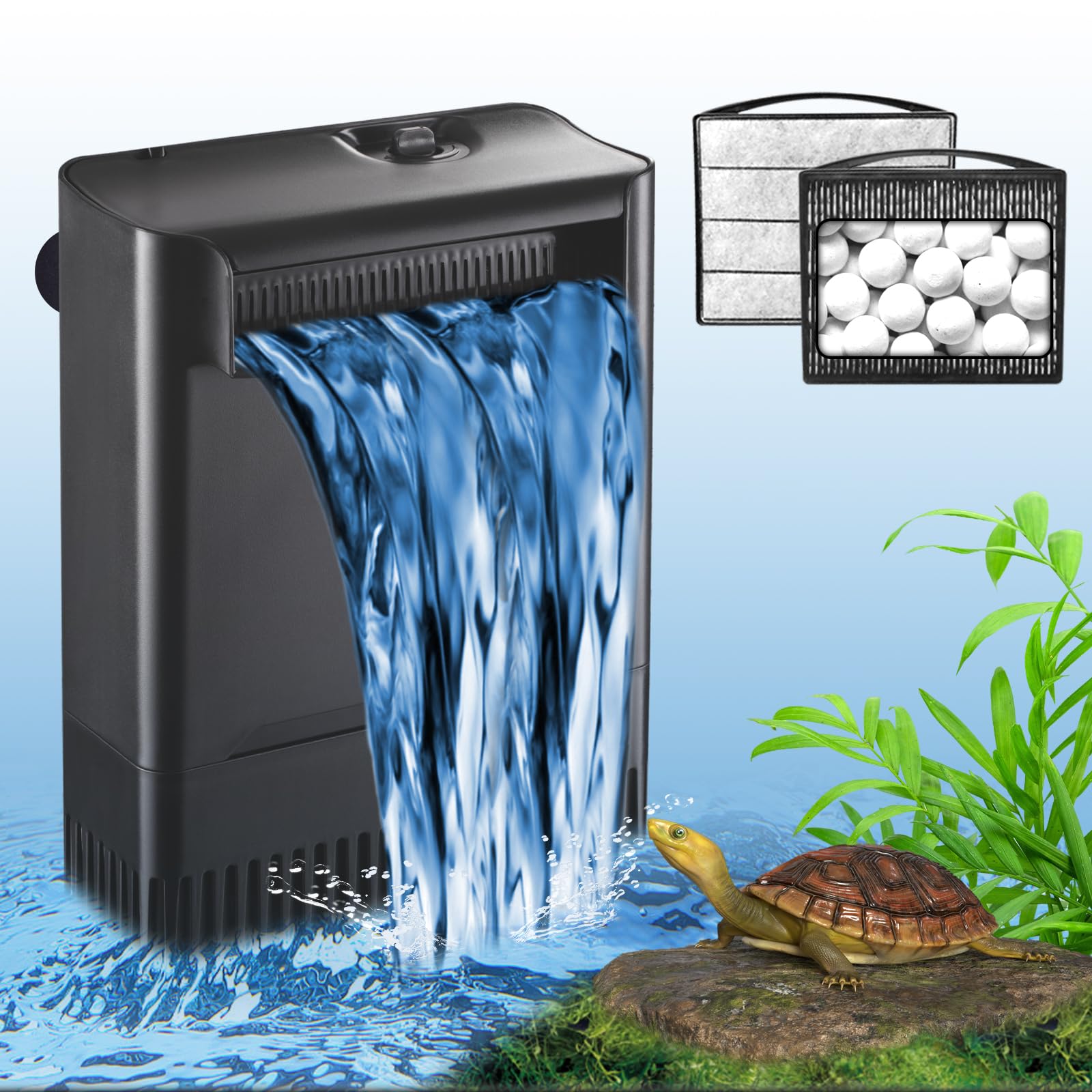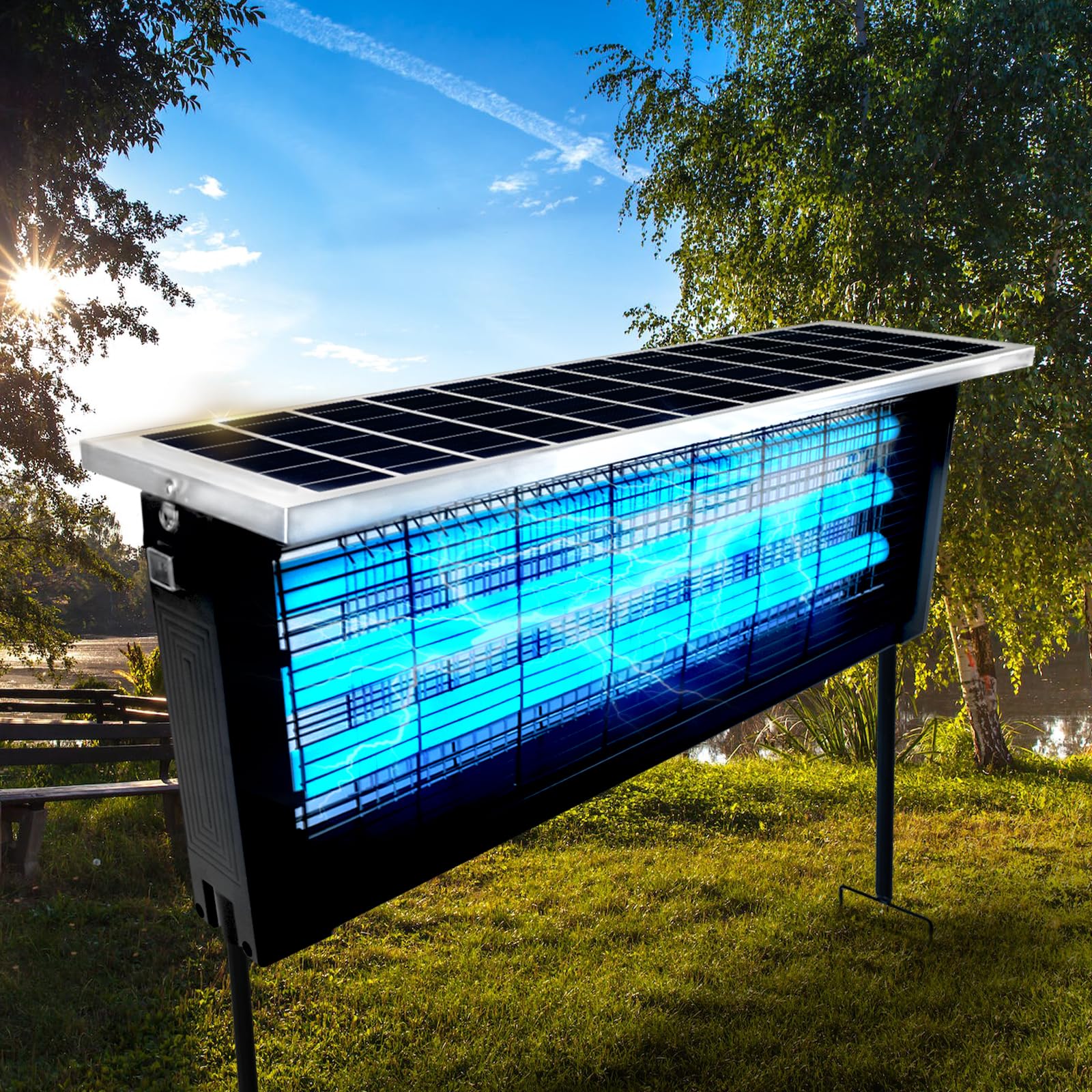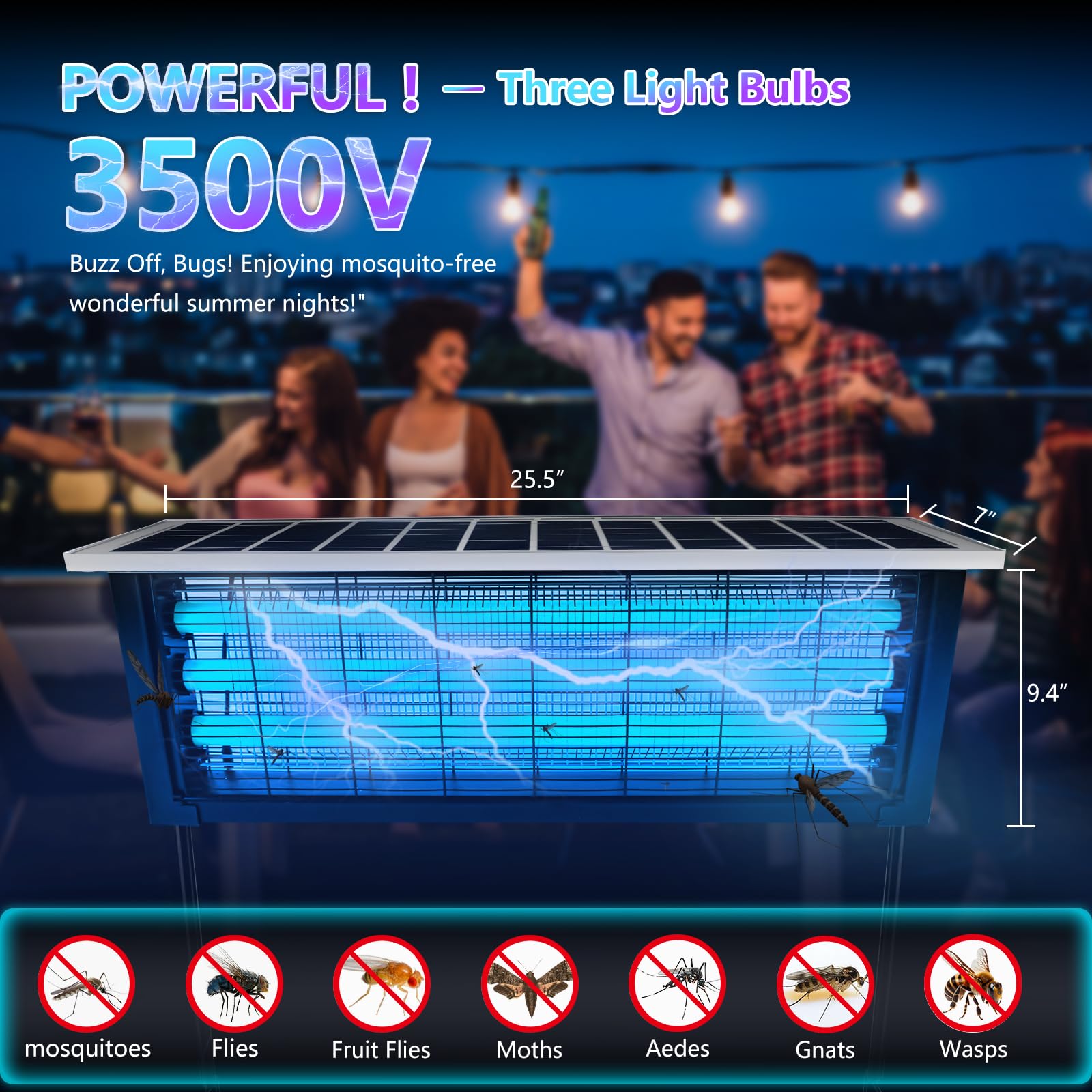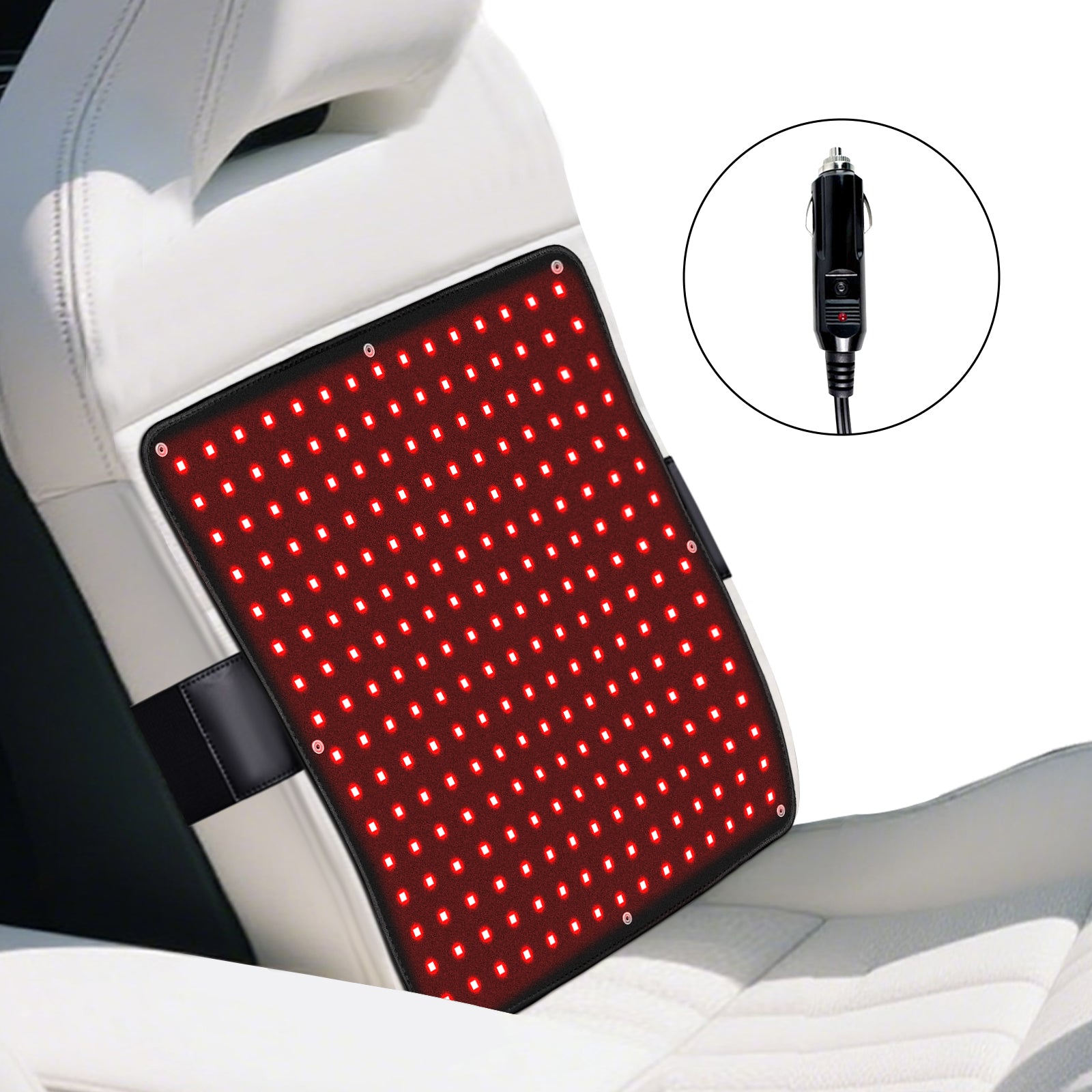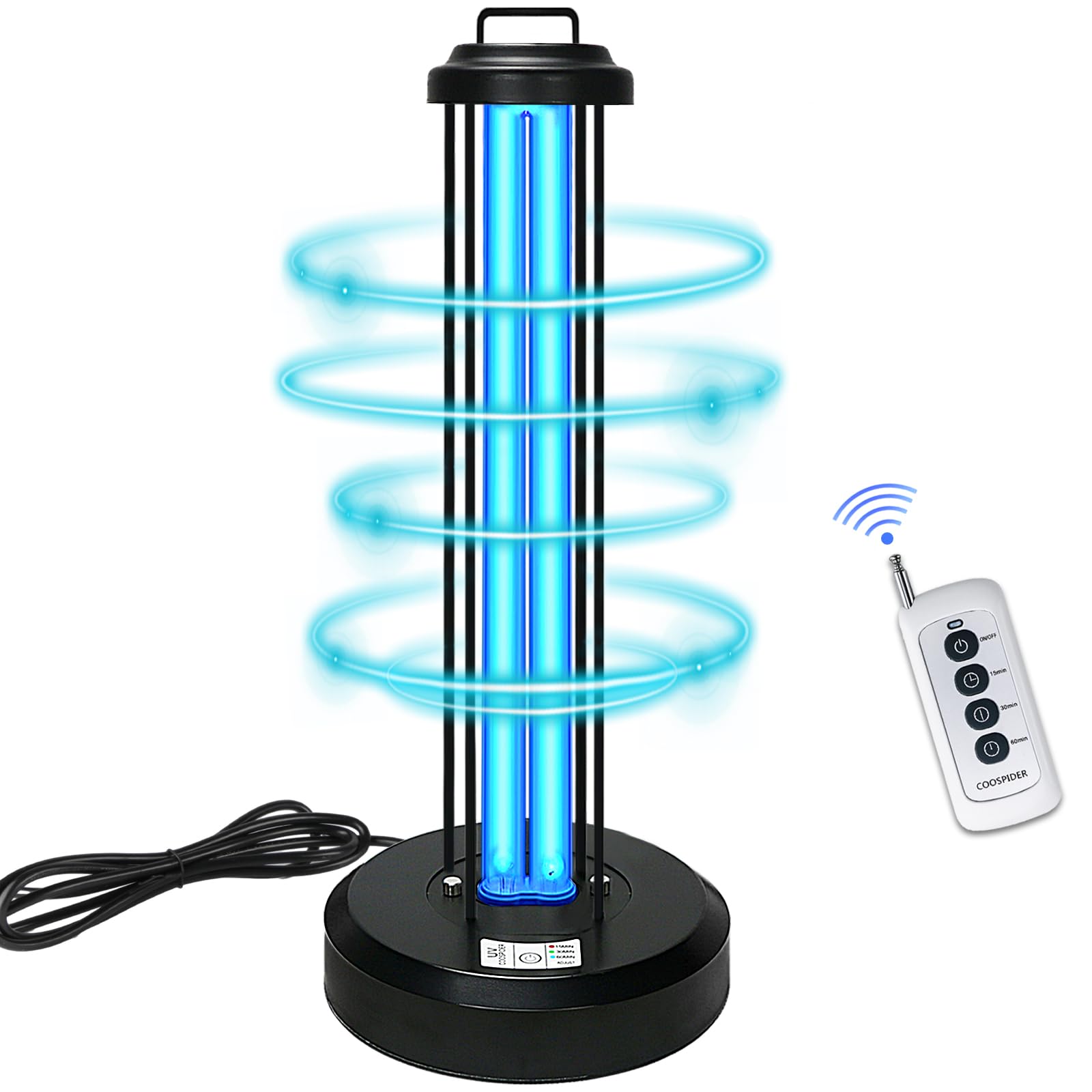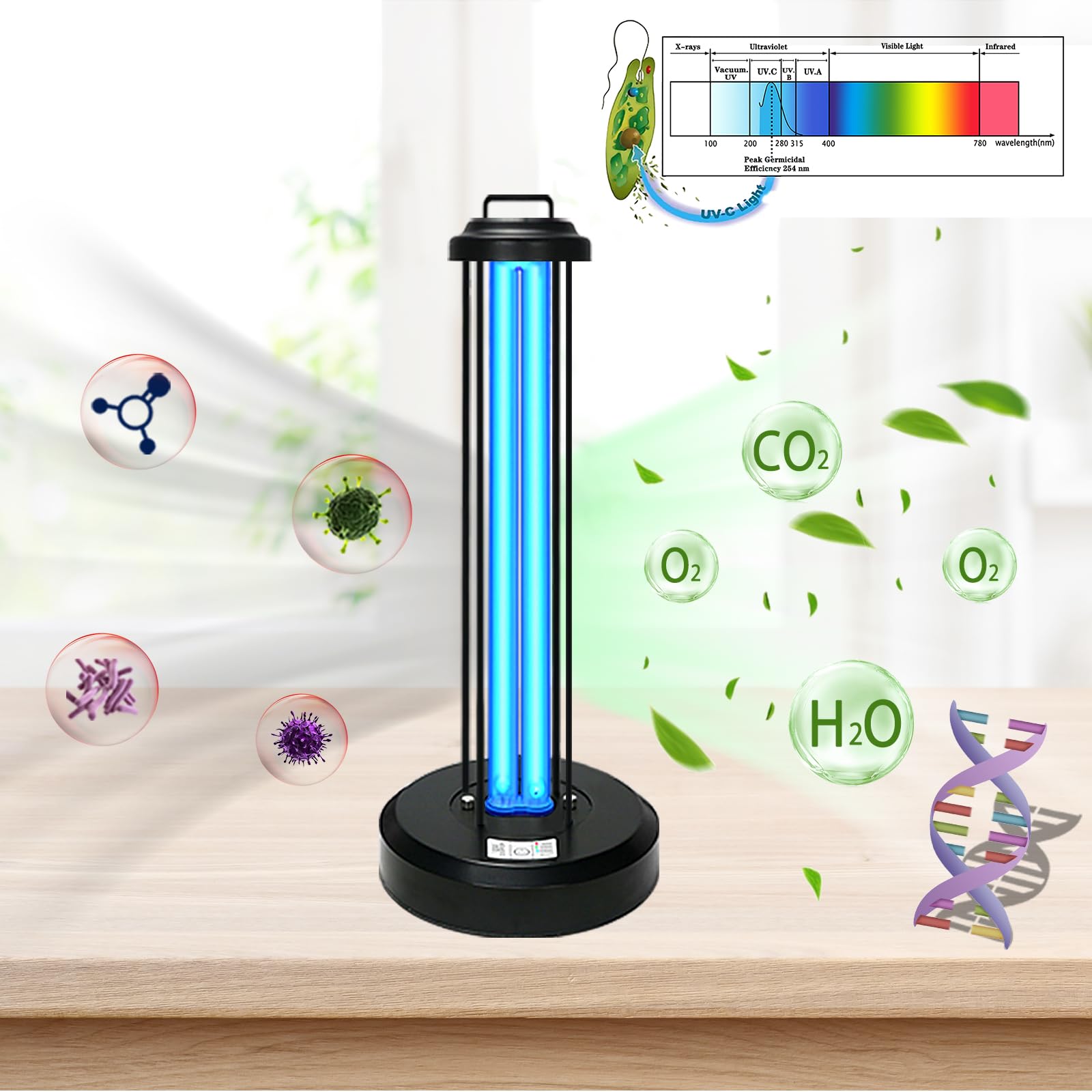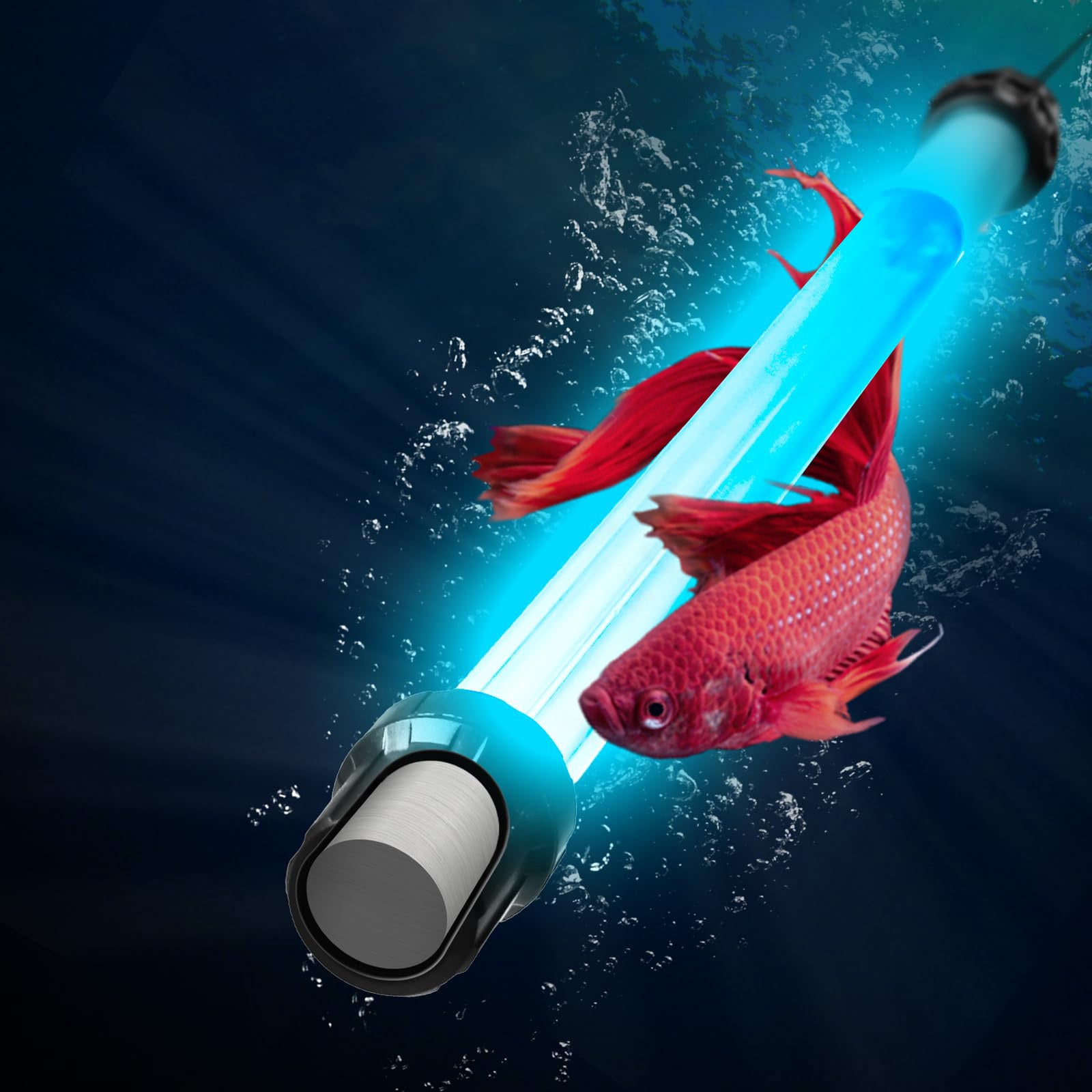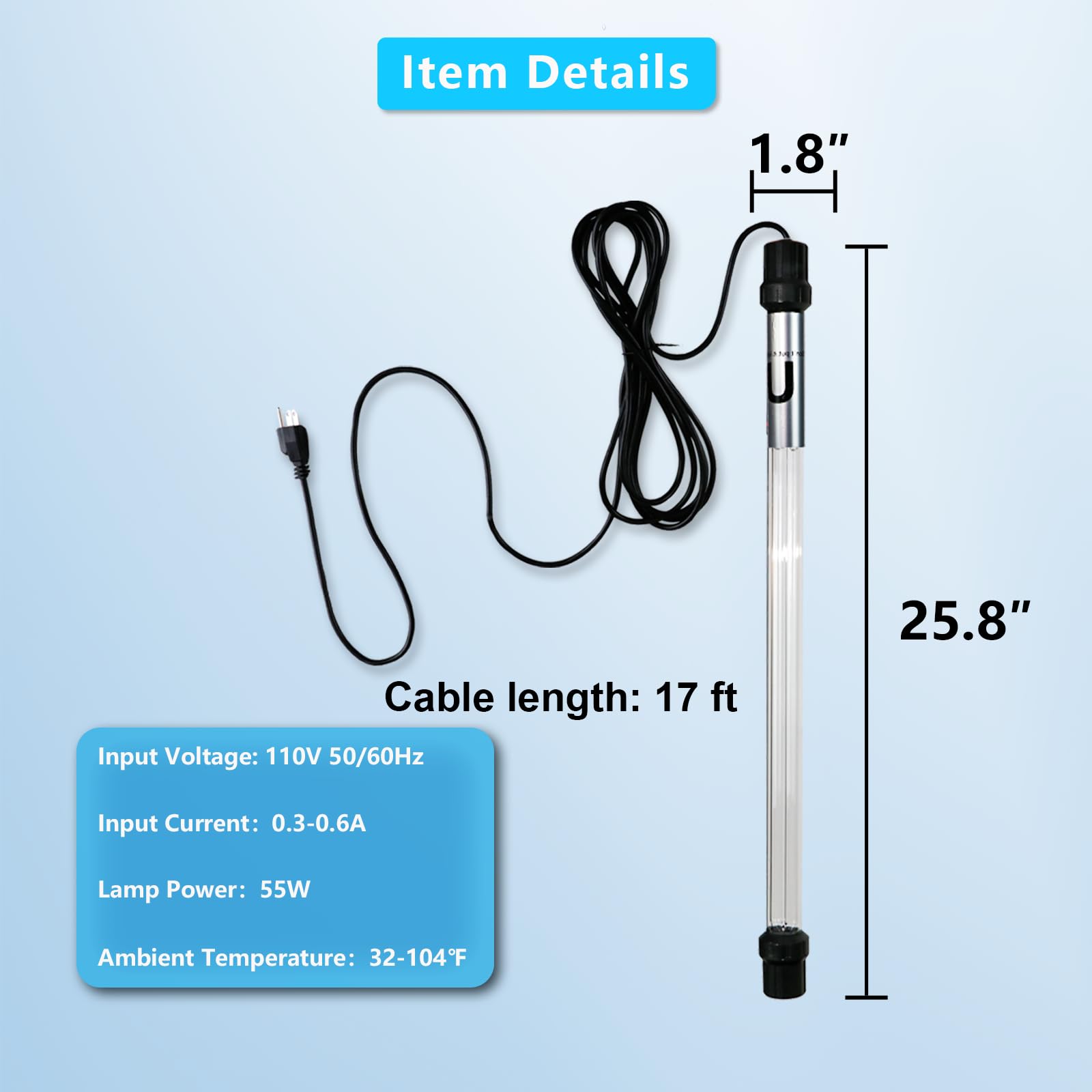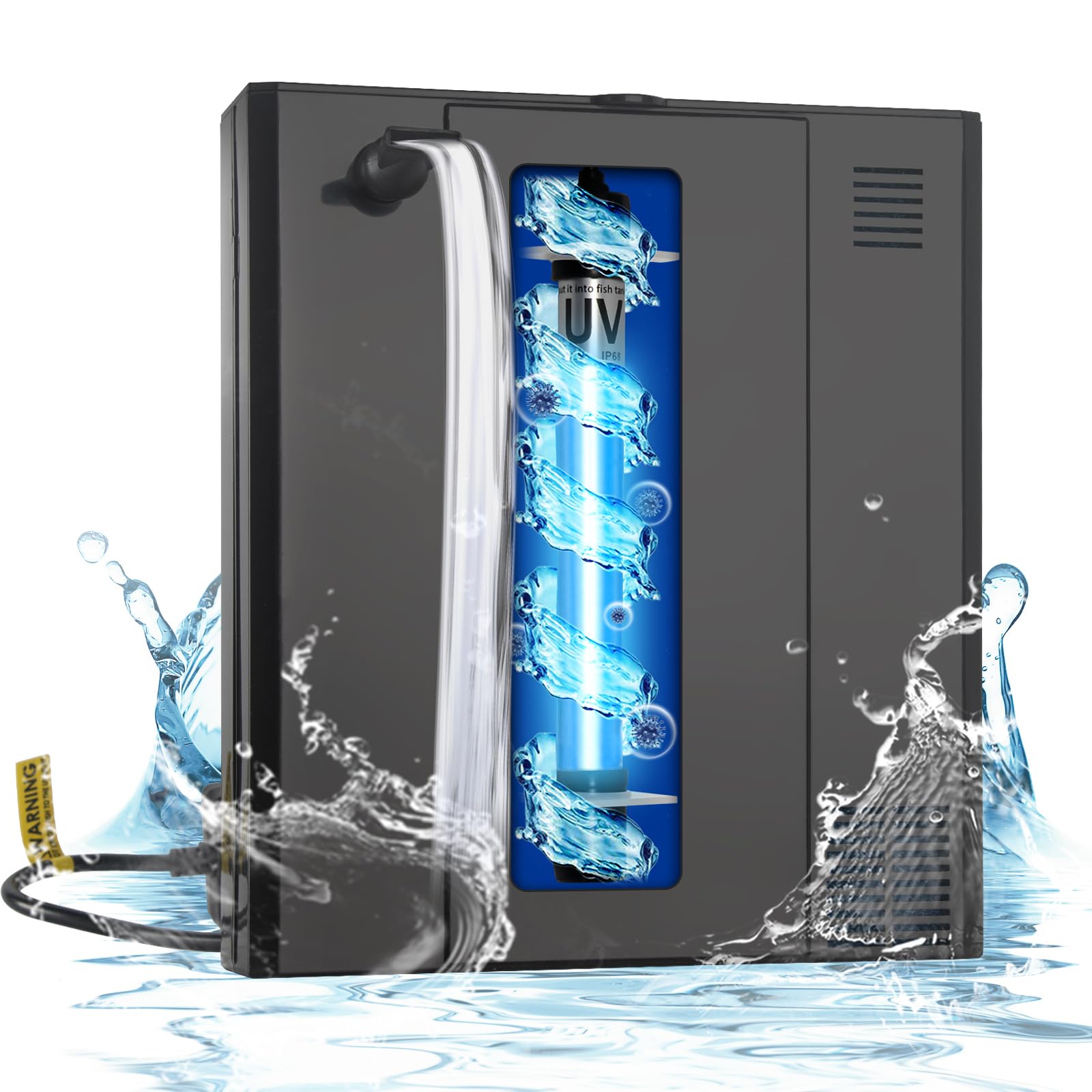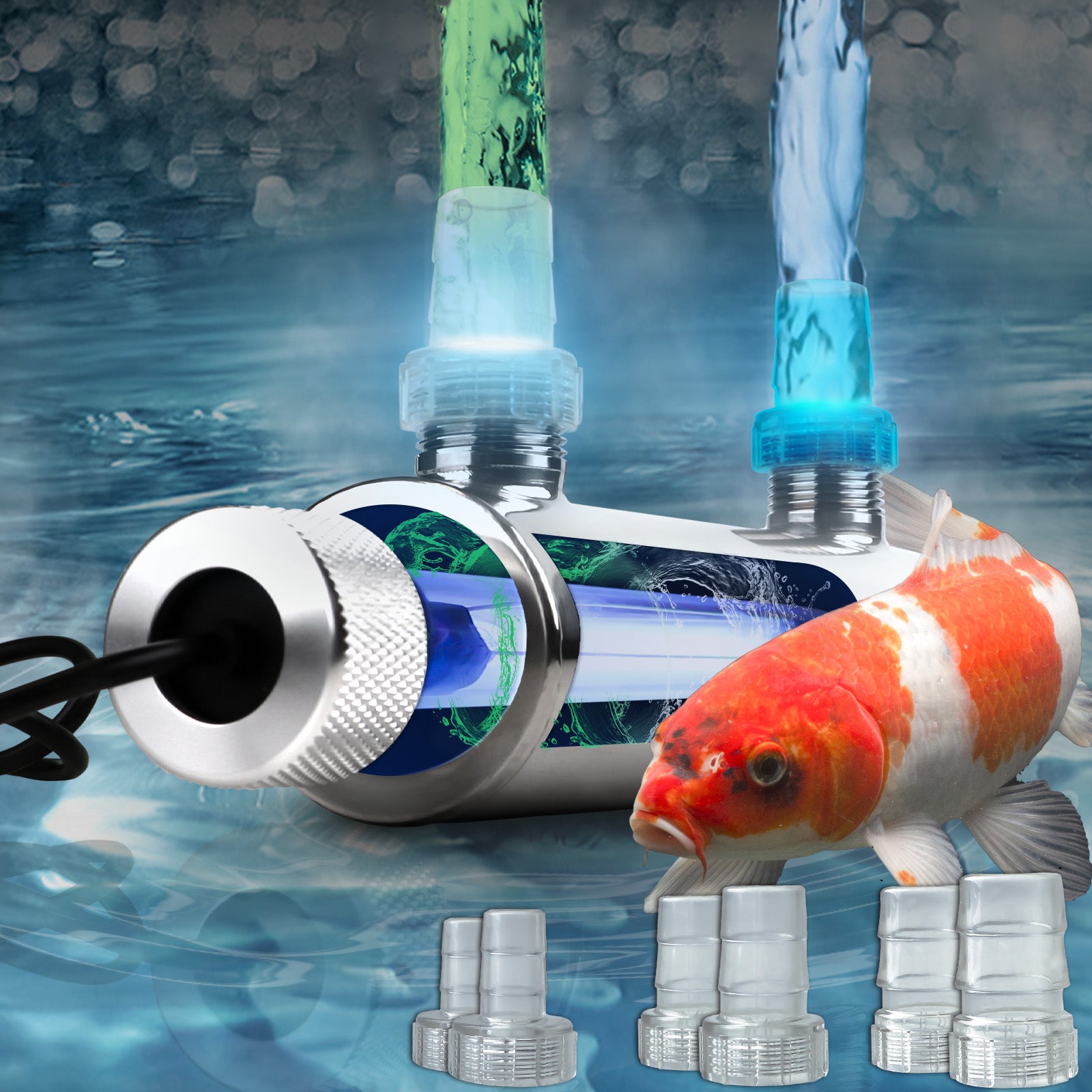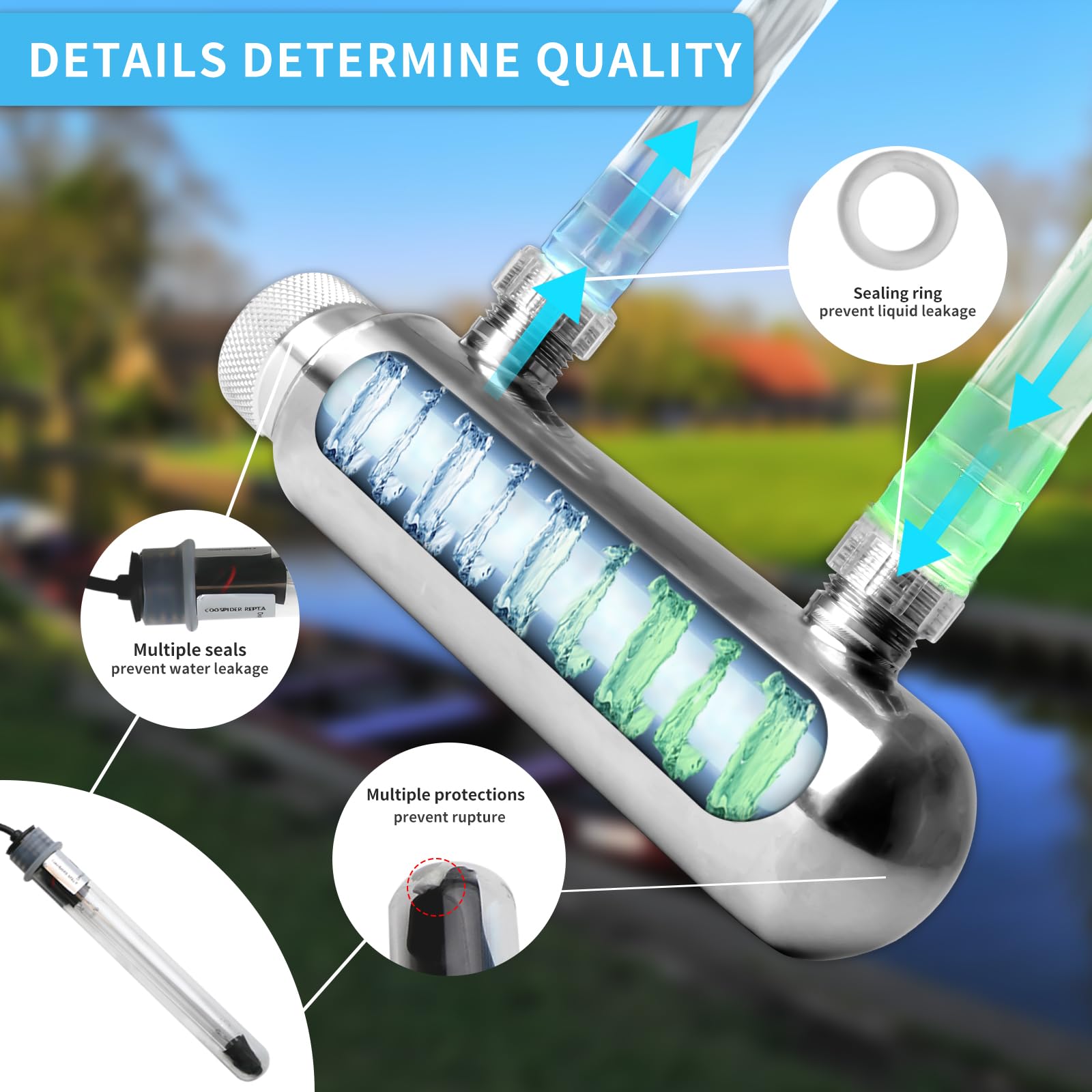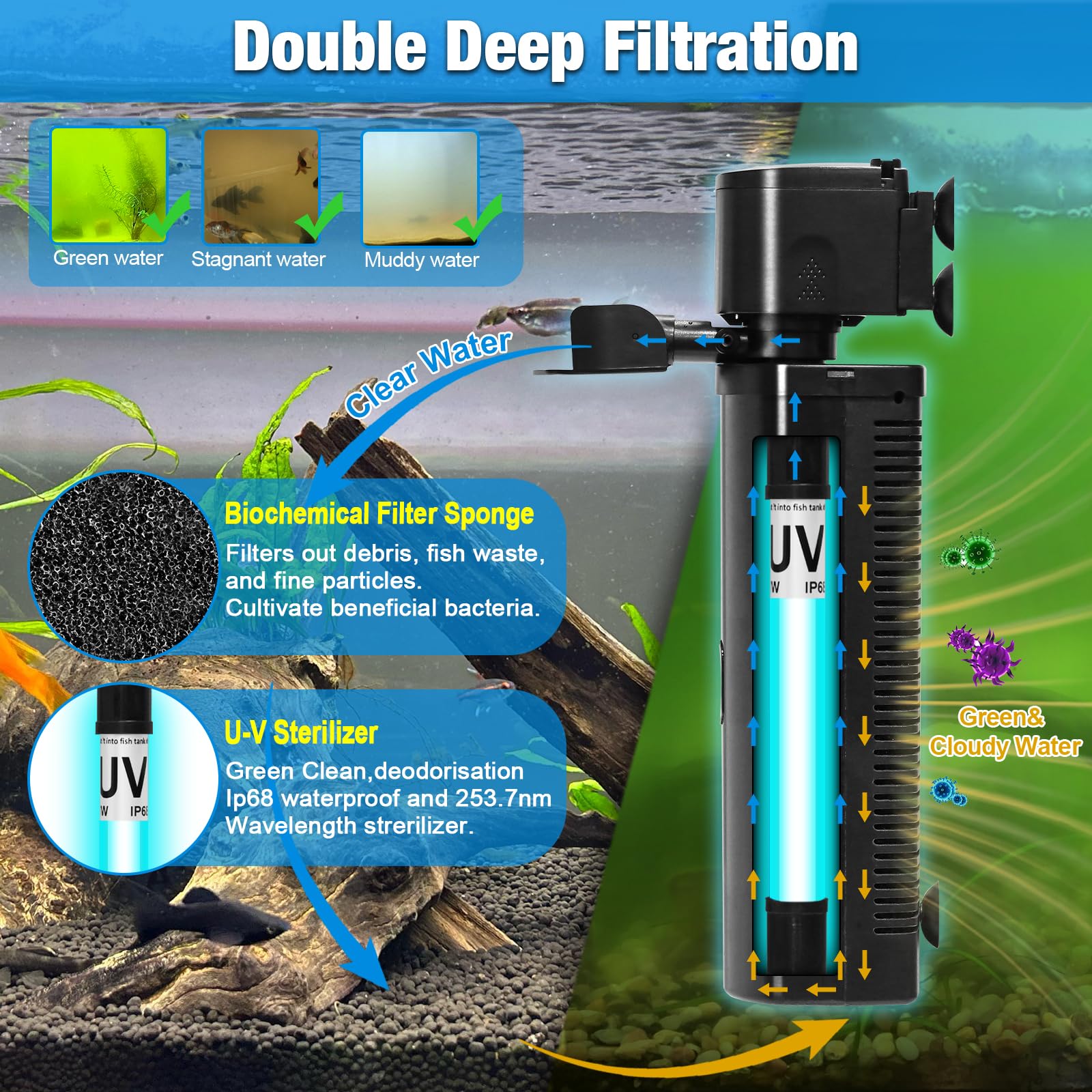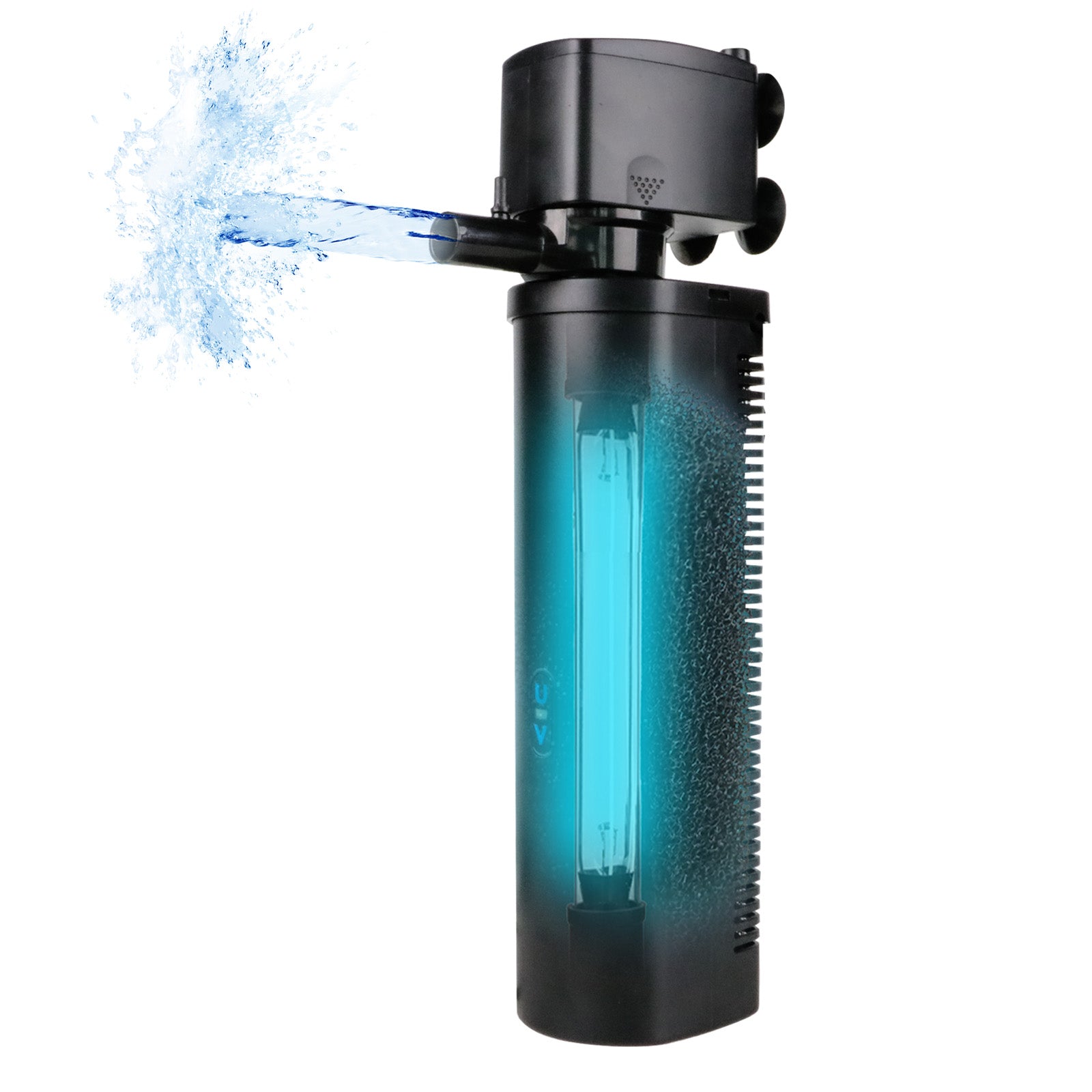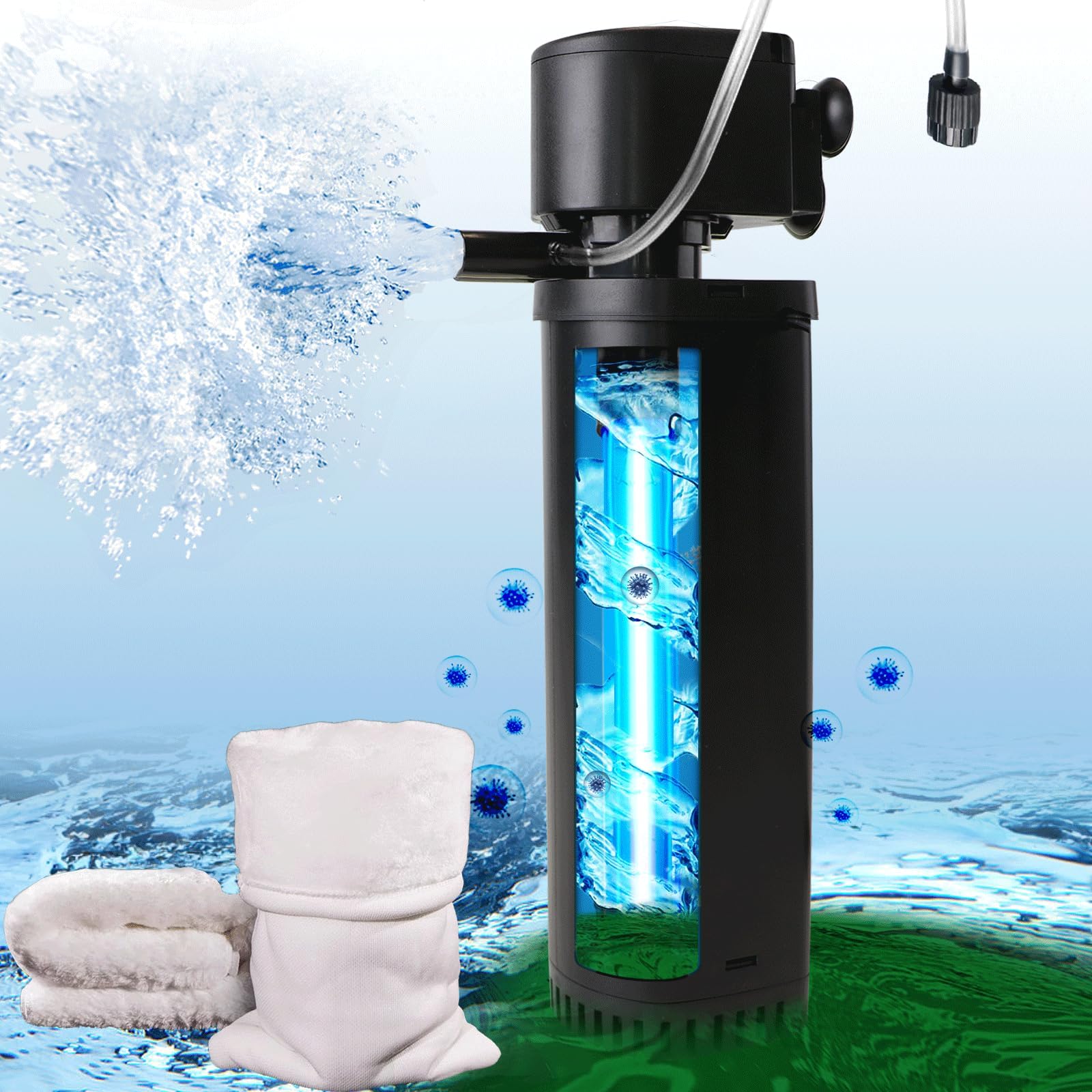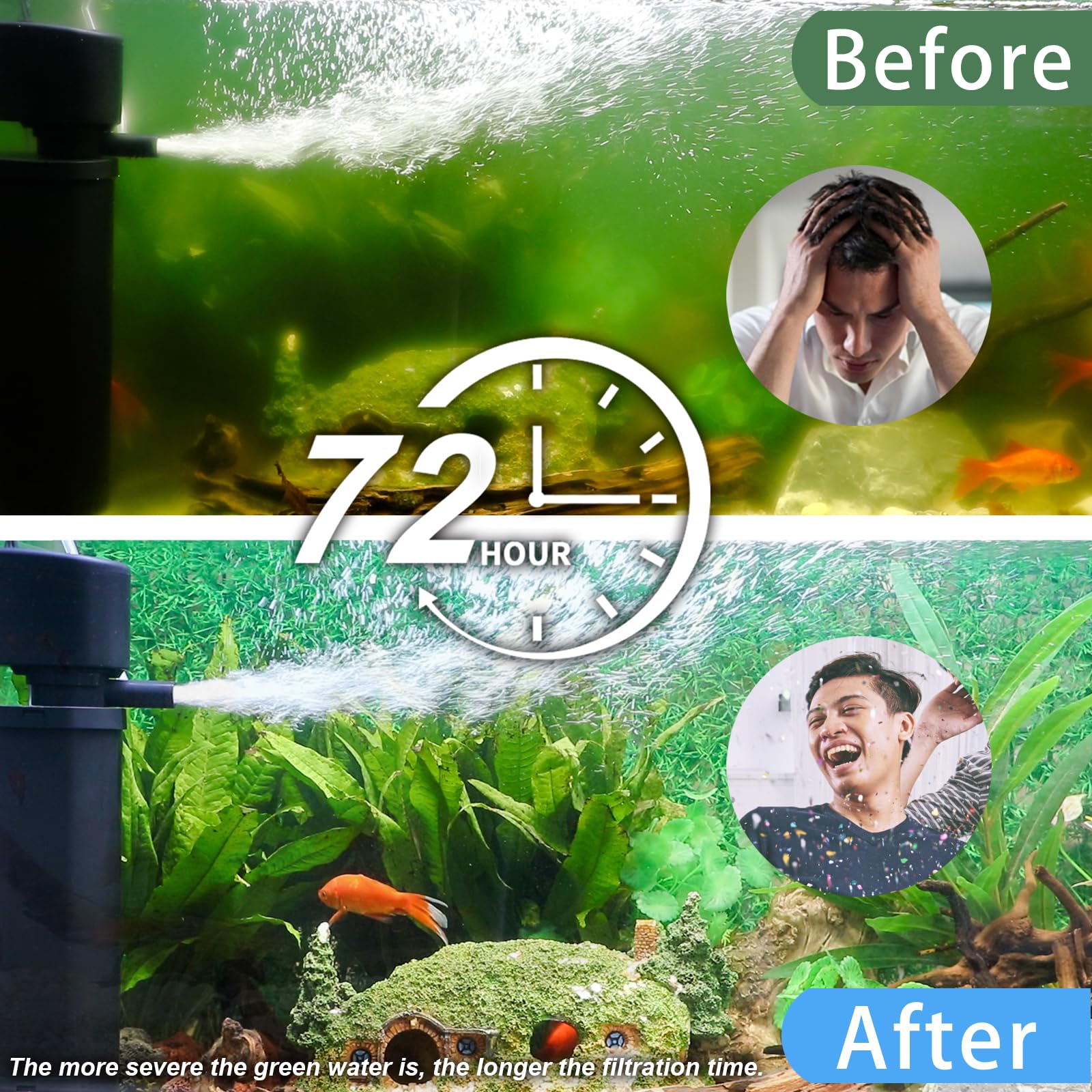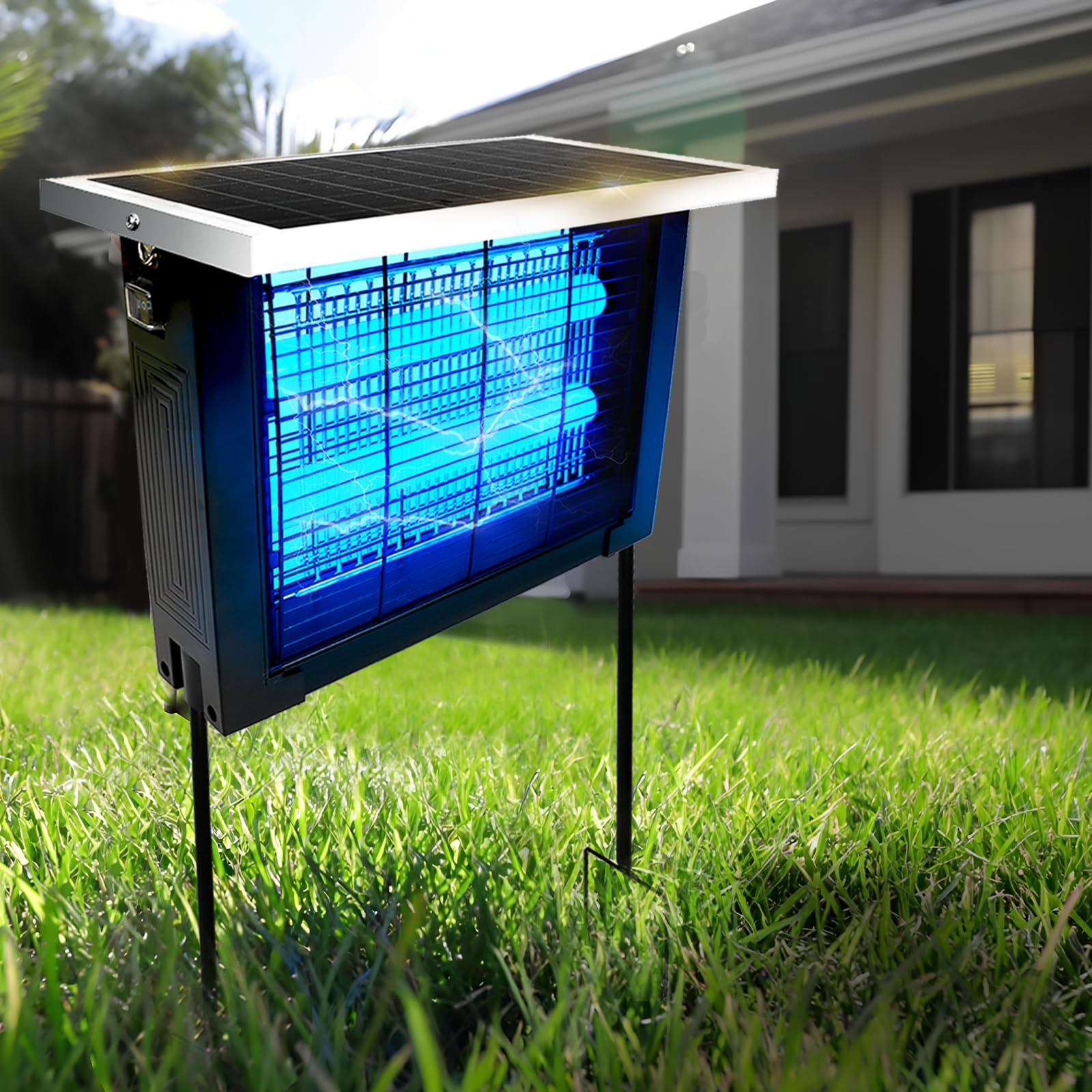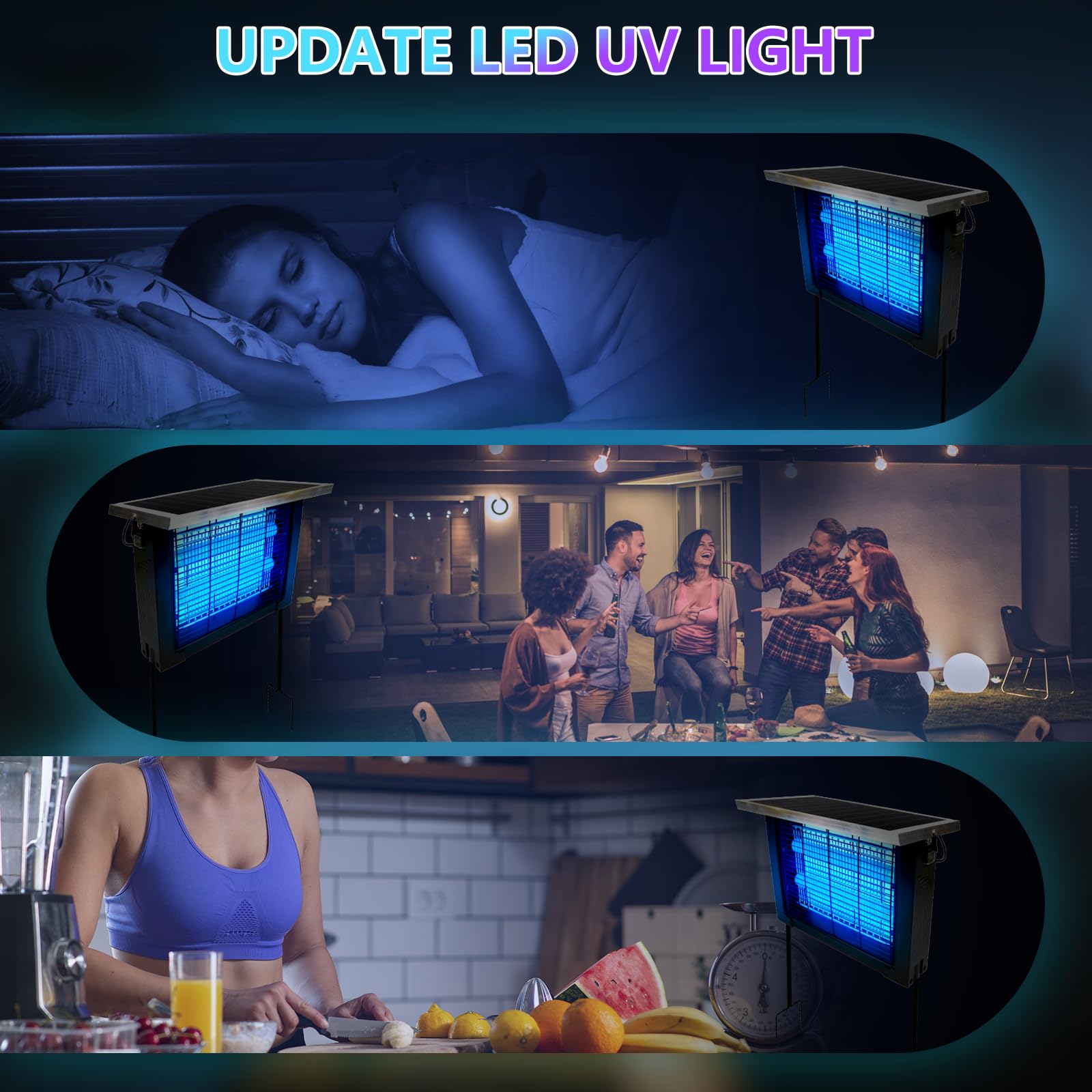Lighting does far more than illuminate a space. In industrial and scientific environments, light can shape productivity, ensure safety, and even drive innovation. From heavy manufacturing floors to high-precision research labs, specialty lighting has become an essential tool—helping professionals see better, work smarter, and achieve results that standard lighting simply can’t deliver.
This article explores the top ten real-world applications of specialty lighting, showing how advanced lighting technologies are transforming the way factories operate, laboratories conduct experiments, and countless other industries push the boundaries of what’s possible.
1. Industrial Manufacturing: Lighting That Boosts Precision and Safety
In manufacturing, visibility isn’t just about brightness—it’s about accuracy and safety. On production lines where precision machining, assembly, and inspection occur, specialty industrial lighting ensures every detail is seen clearly, even under challenging conditions.
High-output LED task lights, glare-free inspection lamps, and explosion-proof fixtures are common in factories dealing with chemicals, metals, or heavy machinery. These lights are designed to resist dust, vibration, and extreme temperatures while providing consistent, flicker-free illumination.
Beyond safety, lighting can also influence worker performance. Studies show that proper color rendering (high CRI) lighting helps reduce eye strain and improve accuracy in visual inspections, leading to fewer production errors. In modern “smart factories,” lighting is often integrated into automated systems that adjust brightness and color temperature depending on the task—creating an environment optimized for both humans and machines.
2. Cleanrooms and Laboratories: Precision in Controlled Environments
In cleanrooms and scientific laboratories, light quality can make or break experimental results. Whether it’s biological research, semiconductor fabrication, or pharmaceutical testing, precision lighting is essential for maintaining environmental stability and visual clarity.
Specialty cleanroom lights are sealed to prevent contamination and built with smooth surfaces that are easy to sterilize. They emit minimal heat and electromagnetic interference to protect sensitive instruments.
In laboratory microscopy and inspection, color temperature control and shadow-free illumination are crucial. Scientists rely on adjustable LED lighting systems that reproduce daylight conditions, ensuring that colors and fine textures are represented accurately.
As research grows increasingly complex, lighting systems are becoming smarter—integrating sensors that monitor temperature, humidity, and particle count, automatically adjusting brightness to support optimal lab performance.
3. Medical and Surgical Applications: Lighting That Saves Lives
Few environments demand more from lighting than an operating room. Medical specialty lighting must provide exceptional brightness, accurate color rendering, and uniform coverage without glare or heat buildup. Surgeons depend on precise illumination to distinguish tissue color, detect bleeding, and perform delicate procedures.
Modern surgical lamps use high-CRI LEDs with tunable color temperatures to mimic natural daylight, allowing surgeons to see true anatomical colors. Many are designed with sterilizable handles, shadow management systems, and backup power sources to ensure reliability during critical operations.
Beyond surgery, medical lighting extends to examination rooms, imaging centers, and dental clinics. Each environment requires a tailored balance between comfort and clarity. For example, warm-tone lights in recovery rooms create a soothing atmosphere for patients, while cooler, brighter light in diagnostic areas enhances visibility for clinicians.
4. Aerospace and Defense: Lighting for Harsh and Demanding Environments
When you’re dealing with high altitudes, extreme temperatures, or vibration-heavy environments, standard lighting just won’t cut it. Aerospace and defense sectors rely on ruggedized specialty lights designed for durability and mission-critical reliability.
Aircraft maintenance hangars, for instance, use high-intensity LED floodlights with precise beam control to illuminate complex components without glare. Inside aircraft, compact and energy-efficient cabin lights improve visibility while meeting strict weight and energy regulations.
In defense applications, tactical lights often include infrared (IR) and ultraviolet (UV) options for covert operations or material inspection. These systems must operate flawlessly under stress, often surviving impacts, moisture, and electromagnetic interference.
In short, aerospace and defense lighting must meet the highest standards of reliability and performance, ensuring that no matter how harsh the environment, visibility and safety are never compromised.
5. Automotive and Transportation: Lighting That Drives Quality and Safety
From assembly lines to vehicle testing facilities, specialty lighting is integral to automotive innovation. During production, inspection lights help detect paint defects, surface scratches, and assembly flaws that could otherwise go unnoticed.
Color-matching booths and daylight simulation lighting allow technicians to evaluate finishes under standardized conditions, ensuring consistent color quality across global markets.
In transportation infrastructure—airports, train stations, tunnels—specialty lighting systems improve both safety and operational efficiency. Adaptive tunnel lights, for example, adjust brightness automatically as vehicles enter or exit, reducing driver fatigue and improving visibility.
With the rise of autonomous vehicles, lighting plays an even greater role in sensor calibration, camera testing, and lidar validation, bridging the gap between visual perception and machine intelligence.
6. Food and Beverage Processing: Lighting for Hygiene and Quality Control
Lighting in food production environments must meet strict hygiene and safety standards. Specialty lighting solutions for this sector use shatterproof, waterproof, and corrosion-resistant designs that withstand frequent washdowns and harsh cleaning agents.
Color-consistent lighting is key for quality inspection. Workers rely on true-color illumination to identify discoloration, contamination, or improper packaging. Some facilities use UV-C disinfection lights to help sanitize surfaces and air, reducing microbial contamination.
Moreover, smart LED systems can be integrated with motion sensors and automated controls to save energy and reduce downtime. For cold storage or freezer environments, specialized LEDs are built to operate efficiently in sub-zero temperatures without flickering or dimming.
7. Entertainment and Stage Production: Creating Atmosphere with Precision
Not all specialty lighting is industrial—some of it is designed to inspire emotion and create experiences. In theaters, concerts, and film production, lighting is an art form. Stage lights combine high intensity, color control, and dynamic motion to produce immersive visual effects.
LED spotlights, moving heads, and programmable fixtures allow designers to shape light with incredible precision. Modern stage lighting systems often feature DMX or wireless control, enabling seamless synchronization with sound and visual media.
Behind the glamour, safety and durability still matter. Specialty stage lights are engineered to withstand heat, vibration, and continuous use, ensuring reliability during live performances. They also incorporate advanced cooling and optics to maintain consistent brightness throughout extended shows.
8. Hazardous Locations: Lighting That Protects Workers
In environments where flammable gases, vapors, or dust are present—such as oil refineries, chemical plants, or mining operations—lighting must meet explosion-proof and intrinsically safe standards.
Specialty hazardous-location lighting is designed with sealed housings and reinforced materials to prevent sparks or heat from igniting the atmosphere. These fixtures often undergo rigorous certification, including ATEX, UL, and IECEx compliance.
Modern solutions use LED technology to reduce energy consumption and maintenance costs while enhancing visibility. In underground mining, for example, advanced headlamps and area lights provide powerful, long-lasting illumination with minimal heat output—crucial for safety and efficiency in confined spaces.
9. Scientific Research and Analysis: Lighting That Reveals the Invisible
In research fields like chemistry, materials science, and forensics, specialty lighting can uncover details invisible to the naked eye. UV and IR illumination, for instance, are used to detect chemical residues, biological samples, or microscopic defects.
Spectrally tuned light sources enable precise imaging, fluorescence studies, and photometric analysis. In material testing, lighting consistency ensures accurate measurement and reproducibility across experiments.
For forensic labs, specialized light wavelengths help investigators reveal fingerprints, trace evidence, and altered documents. These technologies continue to evolve with the introduction of laser-based illumination and multi-spectral lighting systems, which allow researchers to manipulate light properties with unprecedented control.
10. Environmental and Agricultural Applications: Lighting for Growth and Sustainability
Beyond factories and labs, specialty lighting plays a key role in agriculture, environmental monitoring, and sustainability. LED grow lights, for instance, are tuned to specific wavelengths that optimize photosynthesis and accelerate plant growth.
Greenhouses use dynamic lighting systems that adjust spectrum and intensity based on sunlight levels, crop type, and growth stage. This not only improves yield but also reduces energy consumption.
In environmental science, UV and IR lights aid in monitoring air and water quality, detecting pollutants, and conducting nighttime ecological studies. Solar-powered specialty lights even support conservation efforts in remote areas, providing illumination for research while minimizing environmental impact.
Beyond Illumination: The Future of Specialty Lighting
As industries evolve, so does lighting. The next generation of specialty lights goes beyond illumination—they’re becoming intelligent, connected, and adaptive.
Smart lighting systems now integrate with IoT platforms, enabling real-time monitoring, predictive maintenance, and energy optimization. Sensors can detect motion, ambient light, or temperature and automatically adjust output.
In laboratories and factories alike, human-centric lighting—which adapts to circadian rhythms—helps improve alertness, reduce fatigue, and enhance worker well-being. The convergence of light, data, and automation is redefining what lighting means: it’s no longer just a tool for visibility but a driver of performance and innovation.
Final Thoughts
From the blinding brightness of a factory floor to the sterile glow of a research lab, specialty lighting shapes how we work, create, and discover. Its applications span across science, manufacturing, medicine, and art—each one benefiting from light precisely tailored to its environment.
As technology advances, specialty lighting will continue to push boundaries—improving safety, productivity, and sustainability. Whether in the controlled atmosphere of a cleanroom or the rugged conditions of an oil rig, one truth remains: the right light changes everything.


